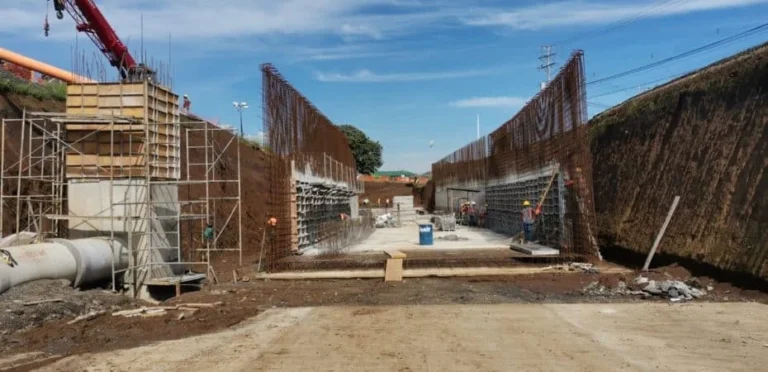Costa Rica’s Development Code presently addresses dangers equivalent to earthquakes that might have an effect on a venture. However new challenges equivalent to climate emergencies have opened the door to a debate to replace building necessities primarily based on threats starting from droughts to floods.
Added to this are different variables equivalent to rising temperatures, larger soil aridity, adjustments in rainfall patterns, and an alarming rise in sea degree. Numerous knowledgeable opinions describe the state of affairs as a disaster. As a palliative measure, a draft Development Code for Local weather Adaptation is being launched.
The Federated Affiliation of Engineers and Architects, together with the Ministry of Setting and Vitality, is taking part within the work. The Inexperienced Local weather Fund and UN-Habitat are additionally concerned.
In a joint assertion, the entities said that “their goal is to realize city resilience via the applying of standards which can be necessary as soon as the State adopts this Code as public coverage.”
Future developments are anticipated to make sure the well being, vitamin, and availability of pure sources for residents. To this finish, tips for housing, transportation, and water and sanitation building shall be developed.
An necessary nuance of the difficulty is that specs should be tailor-made to the specificities of every area. “Even with out attempting to look into the longer term, San José and Heredia presently face a larger threat of flooding, whereas Guanacaste and Alajuela endure extra intense droughts,” the assertion states.
Even a colour could make a distinction
Engineer Vladimir Naranjo, Head of the Local weather Change Unit on the CFIA, defined how changes from building could make their respective contributions. For example, he cites using sure colours that might have a direct impression on temperatures.
“With roofs, it has been confirmed, and there’s analysis performed by the College of Costa Rica College of Structure that has proven that portray roofs a sure colour, on this case white, can scale back the interior temperature of buildings by one or two levels Celsius, relying on the realm and different components,” he explains.
To this, he provides different parts that may very well be thought-about within the code, such because the pure cooling of infrastructure. “It’s often called using cross air flow. It consists merely and straightforwardly of putting or orienting the constructing in such a means that it permits for the route of the wind,” he commented. Lastly, he mentions different inputs, equivalent to high quality supplies. These shall be key to making sure the sturdiness of key interventions equivalent to aqueducts.
Local weather Change Impacts Mirrored in GDP
With regard to the event of the Code, Naranjo warns that the implications of hostile occasions are already being felt. In 2010, for instance, infrastructure injury was round 1% of GDP. Future estimates are not any extra encouraging.
“In response to the knowledge obtainable, it’s projected that by 2030, these losses are projected to extend to 2.5% if we proceed beneath the present local weather dynamic of more and more frequent and excessive occasions,” he signifies. “Even by 2050, there are already some figures that talk of as much as 30 billion in losses from excessive climate occasions,” he provides.
Attaining zero threat is complicated, however preparation is important. “If there’s a full lack of adaptation on account of what we’re experiencing on the local weather degree, then defending infrastructure via the implementation of most of these measures, whereas it’s definitely not going to scale back the danger to zero, will definitely scale back it,” he concluded.
Combating Local weather Change from the Public and Non-public Sectors
With the code in progress, it’s anticipated to cowl each private and non-private building. The eventualities are divided into three segments:
household housing and personal corporations
municipal and cantonal actions
nationwide degree for actions and initiatives with an impression all through the nation.
“We deal with addressing present wants and attempting to scale back the impression of future wants. It’s necessary to emphasise that the nation is a pioneer on this space, so the Code can function a mannequin for Latin America,” concluded CFIA President Rita Arce.
– Commercial –

